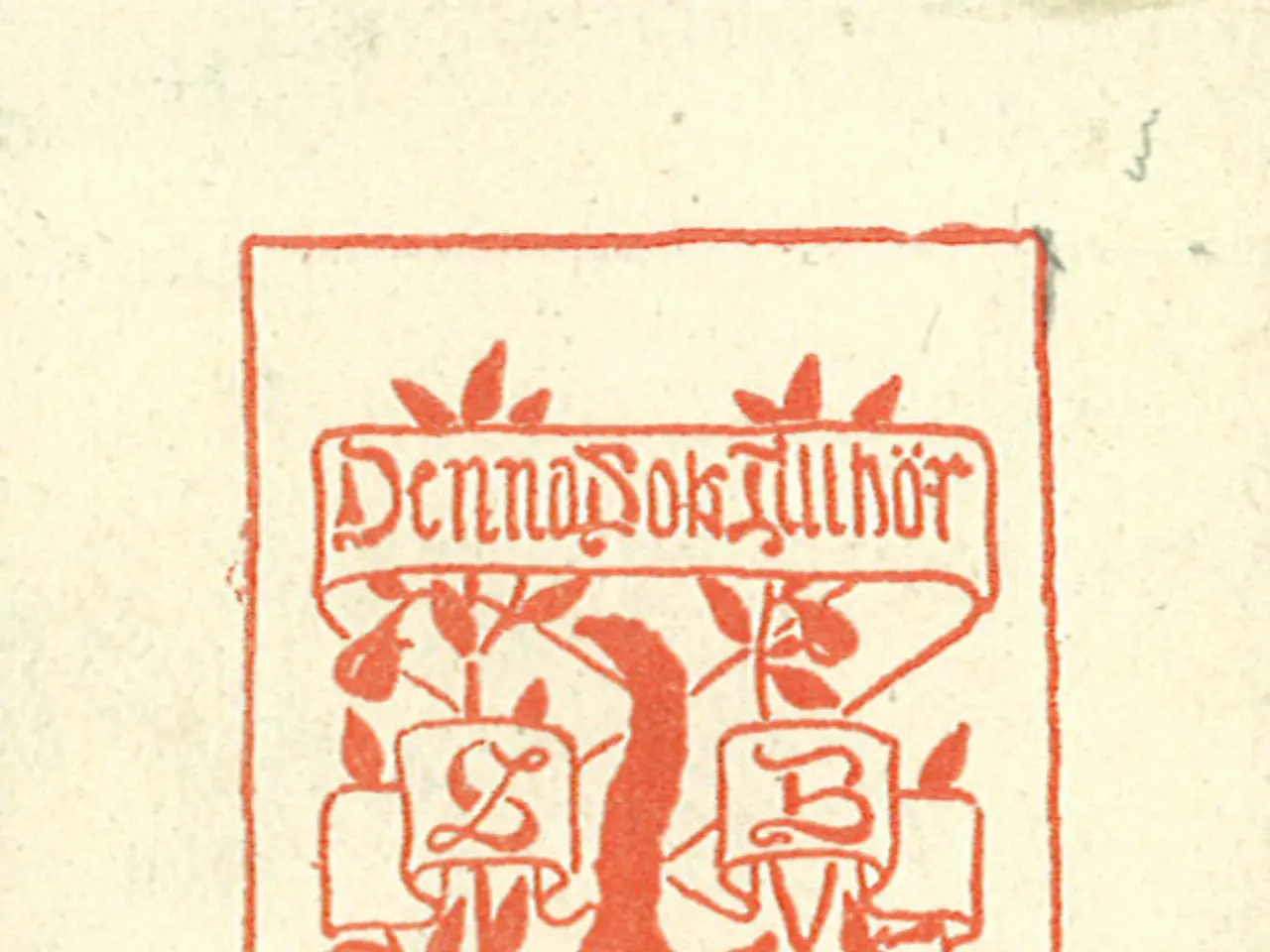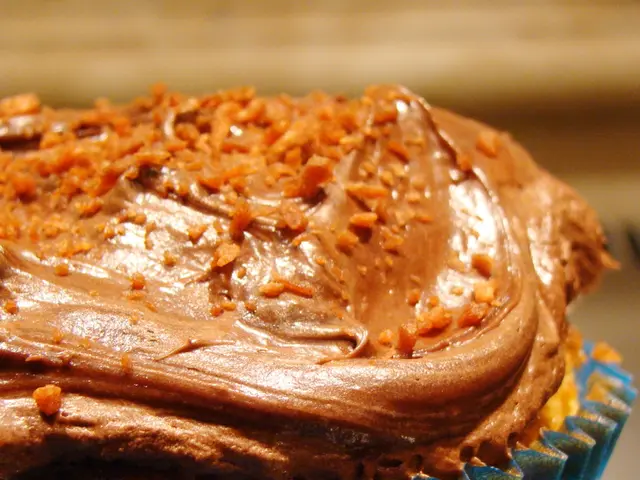Cell Color Activity Sheet for Animals
Free Printable Animal Cell Coloring Activity
Explore the fascinating world of cells with a fun and educational activity! This free printable animal cell coloring activity is perfect for kids of all ages.
With just a few simple supplies – animal cell coloring sheets, colored pencils, watercolors, scissors, and a glue stick – you can embark on a journey to learn about the major parts of an animal cell and their functions.
Anatomy of an Animal Cell
Animal cells are filled with various organelles, each playing a unique role in maintaining the cell's activities. Here's a brief overview:
- Nucleus: This organelle acts as the control center of the cell, containing DNA that holds genetic instructions for protein synthesis and cell regulation.
- Cell Membrane (Plasma Membrane): This selective barrier regulates the entry and exit of substances, maintaining the cell's internal environment.
- Cytoplasm (Including Cytosol and Cytoskeleton): The cytosol is the fluid where biochemical reactions occur, and the cytoskeleton provides shape, structure, and enables organelle and cell movement.
- Mitochondria: Known as the cell’s powerhouse, mitochondria produce ATP (energy) by converting organic molecules like glucose into usable energy.
- Ribosomes: These tiny particles found in large numbers in the cytoplasm make proteins by assembling amino acids.
- Endoplasmic Reticulum (ER): This large folded membrane system puts together lipids or fats and creates new membranes. There are two types – rough ER (with ribosomes) synthesizes and transports proteins, while smooth ER performs other functions like storage.
- Golgi Apparatus (Golgi Complex): This organelle modifies, sorts, and packages proteins and lipids for secretion or for use within the cell.
- Lysosomes: These contain digestive enzymes to break down waste materials and cellular debris, acting as the cell’s cleanup system.
- Vacuoles: These storage sacs within the cell hold various substances; in animal cells, they are generally smaller than in plant cells.
Explore Further
Comparing animal and plant cells by coloring and labeling their parts and creating 3D models can help understand their differences. For a more immersive experience, try the Strawberry DNA Extraction lab, where kids can see DNA up close.
Additional animal activities are available, including ocean animals, LEGO challenges, life cycles, and more. To delve deeper into DNA, a DNA Coloring Worksheet is available to learn about the double helix structure of DNA and our genetic code.
So, gather your supplies and get ready to color, cut, and learn! This activity can be a quick STEAM project or a fun way to spend an afternoon. Making an animal cell diorama can help kids visualize and understand cell anatomy creatively. Happy coloring!







